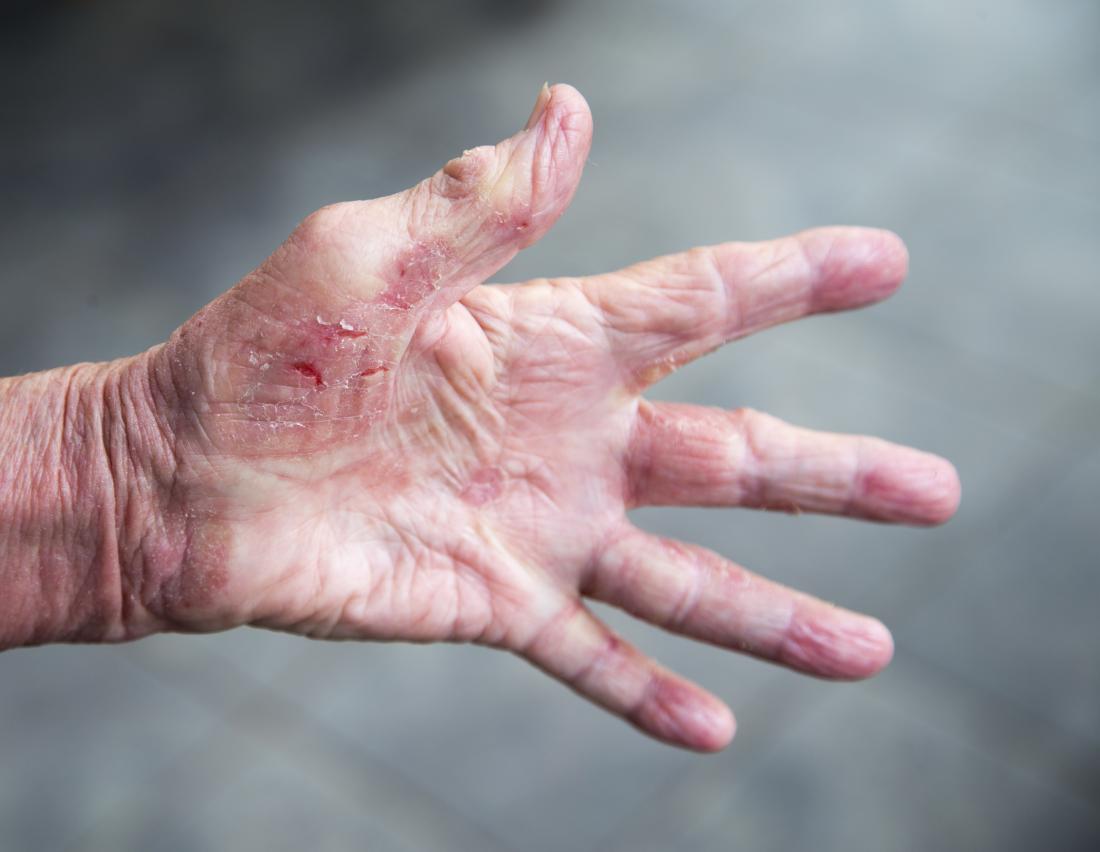Hands and feet which lack nerve functions due to reattached fingers and toes or another disorder do not wrinkle when immersed in water but they will begin to wrinkle again when nerve function is restored

Hands and Feet without Nerve Functions: The Mystery of Non-Wrinkling

Have you ever wondered why your fingers and toes wrinkle when soaked in water for a prolonged period? It’s a peculiar phenomenon that has intrigued scientists and researchers for decades. However, what if we told you that individuals with hands and feet lacking nerve functions do not experience this wrinkling effect? Fascinating, isn’t it?
According to a study conducted by the Library of Congress, we discover that the wrinkling of our fingers and toes when submerged in water is a result of an involuntary reaction from our autonomic nervous system. This system controls various bodily functions, including sweating, heart rate, and blood pressure. The wrinkling effect is thought to be an adaptation to improve grip and prevent objects from slipping out of our hands or feet when wet.

However, in cases where individuals suffer from disorders that cause nerve damage, such as reattached fingers and toes or certain medical conditions, this interesting phenomenon takes an unexpected twist. When the nerve functions are impaired, the autonomic nervous system fails to send the signals responsible for wrinkling. Consequently, these individuals do not experience the typical wrinkling effect when their hands and feet come into contact with water.
One might wonder whether this absence of wrinkling could be due to lacking moisture absorption in the skin or reduced blood flow, but the researchers have debunked these assumptions. The skin of individuals with nerve disorders still absorbs water normally, and proper blood circulation is maintained in these regions. It is the absence of signals from the autonomic nervous system that inhibits the wrinkling mechanism.
Interestingly though, when nerve function is restored through medical intervention or healing, the wrinkling phenomenon reappears. This indicates the crucial role that nerves play in this unique adaptation. The precise mechanism behind this phenomenon is still not fully understood, underlying the complexities of our autonomic nervous system and its connection to our skin.
Understanding the reasons behind the wrinkling of fingers and toes in the bathtub not only satisfies our curiosity but also sheds light on the remarkable capabilities of our bodies. It reminds us of the intricate ways in which our nervous system interacts with our surroundings. Whether we experience wrinkling or not, it’s truly a testament to the complexity and wonders of human biology.
Sources:
Share
Related Posts
Quick Links
Legal Stuff

